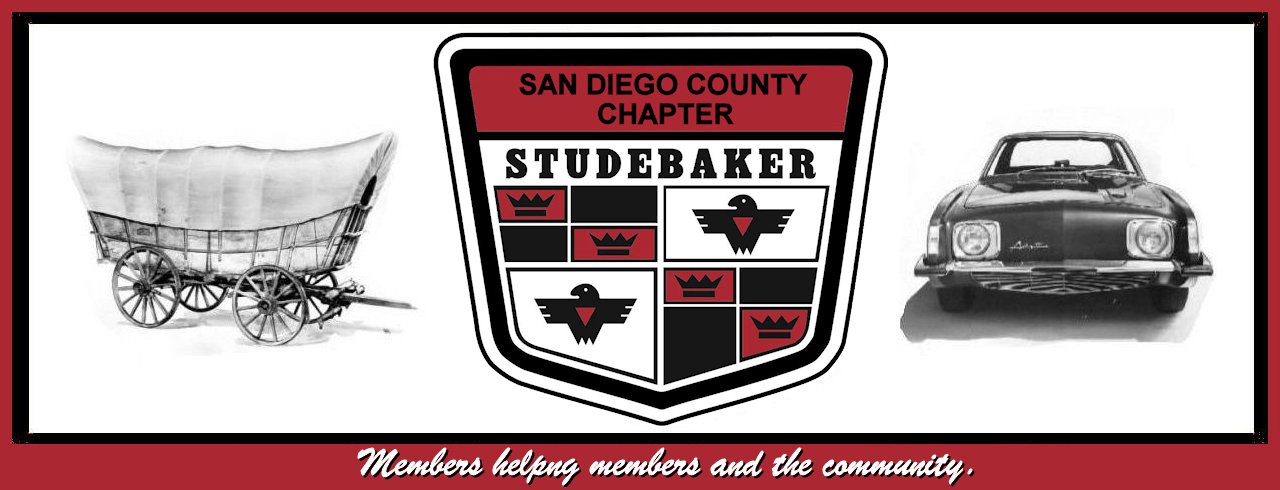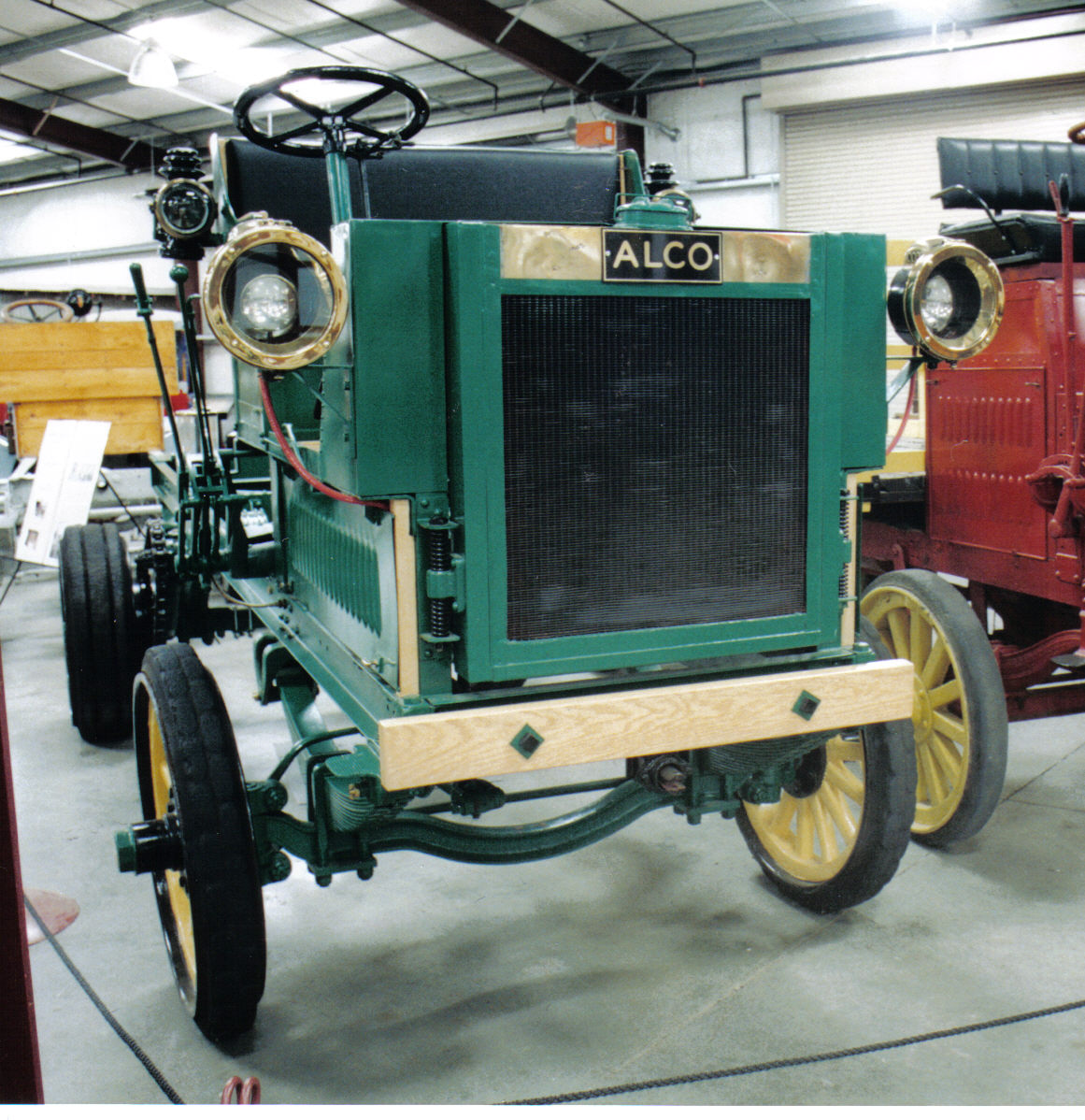While we don't often talk about Studebaker after the end of automobile manufacturing in 1966, and when we do, it often looks like it was still a weak corporation, consider this:
In 1964, ALCO (the locomotive manufacturer) was bought by Worthington (sound familiar?). In 1969 Derald Ruttenberg became the new president of the merged Studebaker-Worthington. Apparently by that time ALCO was considered a "financially unsound component" of the corporation and Ruttenberg saw to it that ALCO was closed down - after 121 years of continuous production. That also has a familiar ring to it.
Actually, as a business, the corporation seems to have flourished under Ruttenberg (who died in 2004). By the time of the McGraw-Edison acquisition Ruttenberg was extremely rich. From the sounds of it he put the wealth of any former Studebaker president or CEO to shame.
Also interesting is that he purchased a huge estate in Great Britain near a little town called...Edzell. I am not making this up.
In 1964, ALCO (the locomotive manufacturer) was bought by Worthington (sound familiar?). In 1969 Derald Ruttenberg became the new president of the merged Studebaker-Worthington. Apparently by that time ALCO was considered a "financially unsound component" of the corporation and Ruttenberg saw to it that ALCO was closed down - after 121 years of continuous production. That also has a familiar ring to it.
Actually, as a business, the corporation seems to have flourished under Ruttenberg (who died in 2004). By the time of the McGraw-Edison acquisition Ruttenberg was extremely rich. From the sounds of it he put the wealth of any former Studebaker president or CEO to shame.
Also interesting is that he purchased a huge estate in Great Britain near a little town called...Edzell. I am not making this up.




 ]
]
Comment